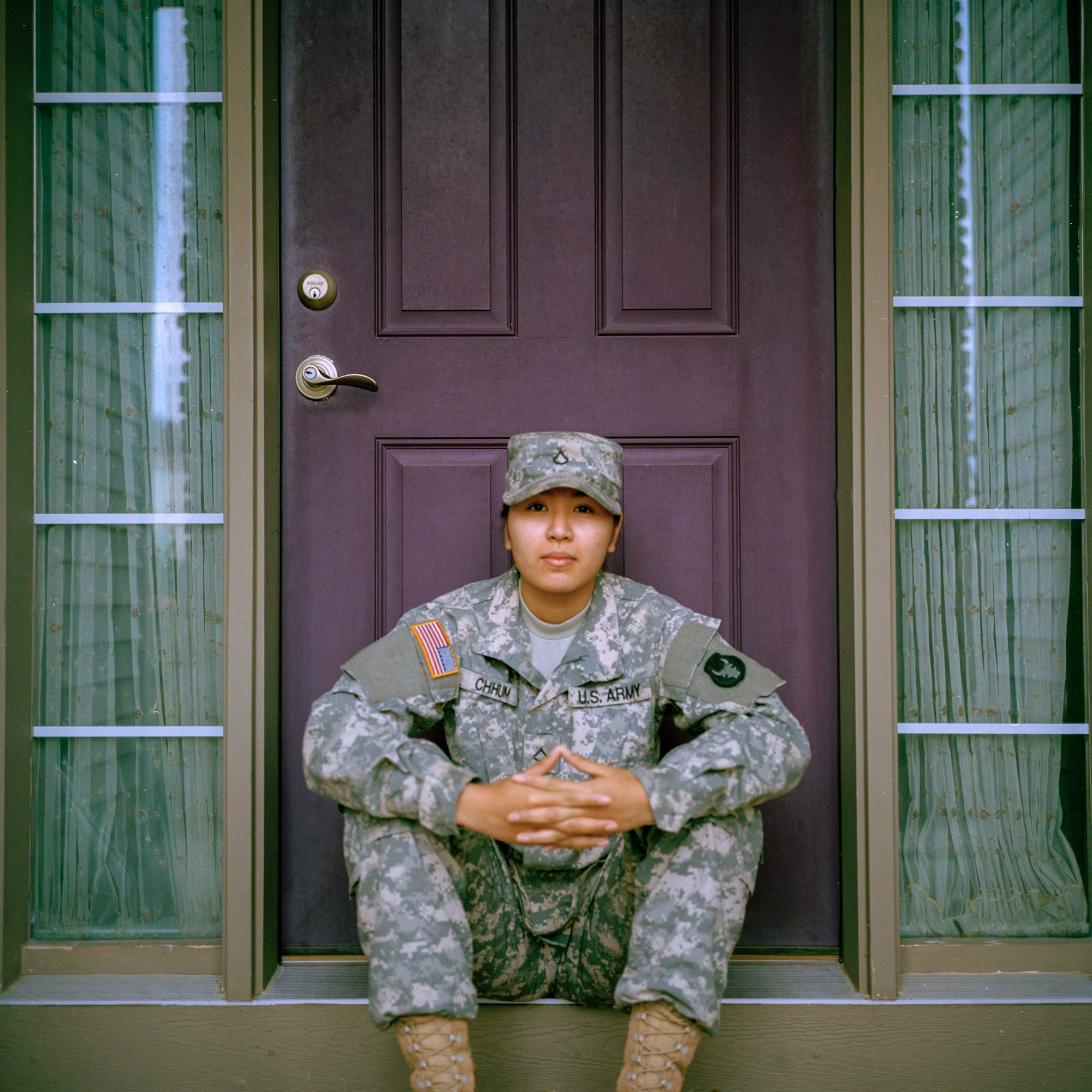The Department of Veterans Affairs (VA) MISSION Act, signed into law in 2018, aimed to improve the quality and accessibility of health care services for veterans. Built on the Veterans Access, Choice, and Accountability Act of 2014, Congress created the MISSION Act in response to the 2014 scandal that revealed thousands of veterans were enduring extremely long wait times and receiving inadequate care at some VA facilities.
Like all Americans, veterans should be able to access the health care they need when they need it. To achieve this, the MISSION Act created provisions for veterans to access health care providers outside of the VA system. The Veterans Community Care Program (VCCP) allows eligible veterans to receive care from a network of approved health care providers in their local community. In short, the Veterans Health Administration (VHA) will pay for veterans to receive care by a non-VHA community provider when they meet certain eligibility criteria. These criteria include long wait times to receive an appointment, overly long drive times to reach a VHA facility, and other issues determined at the discretion of their VHA provider.
Importantly, most of the veterans eligible for the VCCP are those in rural areas where, on average, access to health care is poorer and incomes are lower. While the VCCP has been successful in reducing wait times in the VHA and increasing access to health care for many veterans, it has not done enough to provide veterans with the health care choices they deserve.
Diagnosing and treating special needs in the VCCP
As more veterans become eligible for community care, Veterans Affairs Medical Centers (VAMCs) across the country have become less strained. This has been a net positive for all veterans, reducing the time to access necessary medical care for both those who remain in the VHA and those who transition to the VCCP. Despite this, some still question the quality of the veterans’ care at VAMCs and whether community providers are adequately prepared to care for a veteran population with specific needs.
Veterans disproportionately experience illnesses tied to combat, such as traumatic brain injury or post-traumatic stress disorder (PTSD). Experiencing a common set of conditions has led some researchers to identify the veteran population as one with special health care needs. In some instances, this is true. For instance, having integrated systems that can provide mental and behavioral health care, prosthesis fitting, and physical rehabilitation in the same facility is critical for some veterans. However, some critics have taken the special needs argument too far.
Those who oppose the expansion of the VCCP cite these special needs to argue that veterans should receive all of their care at VAMCs, where providers are aware of and trained to recognize and treat conditions common to veterans. This argument is flawed. While some research suggests that community providers are not yet adequately equipped to treat veterans with special needs, this research glosses over the difference between treating and diagnosing. Signs and symptoms of PTSD, traumatic brain injury, or mental health deterioration are the same in veterans and civilians. If they were not, there would be different diagnostic criteria for the two groups. This means that primary care providers–as the coordinator of care for veterans in the community–only need to be able to diagnose these conditions and refer veterans to an appropriate specialist, which may indeed be back to the VA. The ability of a provider to diagnose illness depends on their medical knowledge, not their military knowledge.
Increased wait times after VCCP
As more veterans have started receiving care through the VCCP, wait times have decreased at VAMCs. Although this was the intended result of the VCCP, some now argue that wait times in the community are actually longer than they are at VAMCs and use this as an argument against the VCCP. However, areas where VAMCs have longer wait times are also areas where wait times were high in the community before the implementation of the veterans choice program. Further, a recent inspector general audit suggests that some VAMCs are reporting wait times in inconsistent ways that may construe the true wait times experienced by veterans.
Intuitively, this makes sense. If patients in denser areas are shifted from the VHA to the community, there should be a natural increase in community wait times and a concordant decrease in VHA wait times. All this means is that the VCCP indeed improved wait times at VHA facilities, not that care provided in the community is worse or inferior.
To better understand veterans’ access to care in the VCCP, we need to know how long veterans are waiting to receive care in the community once they have been referred from the VHA. According to current VHA policy, the VCCP allows up to 19 days to complete the referral process to a community provider. However, until recently, there was no set time frame constraining how long it takes a veteran to be seen by the community provider once the referral is received. The Consolidated Appropriations Act of 2023 established a wait time measure to constrain this period, but it has yet to be implemented across the VHA.
Fortunately, learning how long veterans wait for care in the community is possible. First, the VHA must implement the wait time measure across the VCCP. Doing so will give community providers guardrails to help avoid unnecessary wait times for veterans. Second, the VHA should establish and align monitoring metrics so that the wait times across the VCCP can be compared with those in the VHA.
Increasing utilization of the VCCP sheds light on another important issue: as wait times improve across the VHA, it becomes more difficult to access the VCCP. This is primarily because the wait time requirements that must be met to qualify for the VCCP have not been adjusted as veterans move more of their care to the community. In other words, the time requirement that had to be met in 2014— 20 days for primary care or 28 for specialty care —should be decreased to match the decreasing wait times at the VHA overall. In effect, this means that veterans that once qualified for the VCCP based on wait times may not be able to now.
Fortunately, there is an easy fix. Wait time eligibility requirements for the VCCP should be adjusted based on current average wait times for appointments with primary care physicians and specialists in the VHA. Making this adjustment will level the playing field for veterans seeking to access community care based on wait times alone.
The future of the VCCP
Without the VCCP, veterans would only have one choice: receive all of their health care within the VHA. Thankfully, this is not the only solution. As more veterans continue to seek care through the VCCP, lawmakers must realize that despite its benefits, it is an imperfect fix to long wait times and constrained choices in the VHA. Reforming and expanding the VCCP, with the goal of providing all veterans with the option to access care in the community, is the only durable solution that provides veterans with more choices for their health care.


